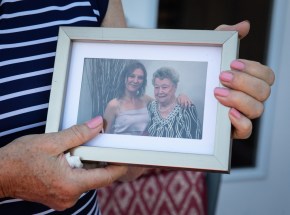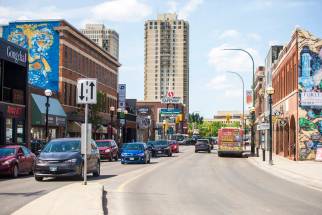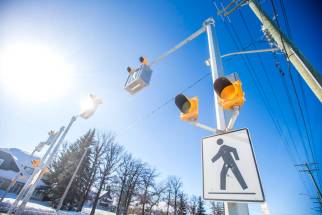Deep dive into pedestrian fatality data urged
Read this article for free:
or
Already have an account? Log in here »
To continue reading, please subscribe:
Monthly Digital Subscription
$0 for the first 4 weeks*
- Enjoy unlimited reading on winnipegfreepress.com
- Read the E-Edition, our digital replica newspaper
- Access News Break, our award-winning app
- Play interactive puzzles
*No charge for 4 weeks then price increases to the regular rate of $19.00 plus GST every four weeks. Offer available to new and qualified returning subscribers only. Cancel any time.
Monthly Digital Subscription
$4.75/week*
- Enjoy unlimited reading on winnipegfreepress.com
- Read the E-Edition, our digital replica newspaper
- Access News Break, our award-winning app
- Play interactive puzzles
*Billed as $19 plus GST every four weeks. Cancel any time.
To continue reading, please subscribe:
Add Free Press access to your Brandon Sun subscription for only an additional
$1 for the first 4 weeks*
*Your next subscription payment will increase by $1.00 and you will be charged $16.99 plus GST for four weeks. After four weeks, your payment will increase to $23.99 plus GST every four weeks.
Read unlimited articles for free today:
or
Already have an account? Log in here »
Hey there, time traveller!
This article was published 09/06/2022 (1286 days ago), so information in it may no longer be current.
In the wake of dozens of pedestrians and cyclists killed in Winnipeg crashes between 2012 and 2019, a new push to pinpoint the exact circumstances behind those deaths has emerged.
The call to explore the grim details follows an analysis of the fatalities, shared during a presentation at city council’s public works committee meeting Thursday.
Jairo Viafara, a professional transportation planner, noted his analysis of city and Manitoba Public Insurance data found an average of four pedestrians were killed per year between 2012 and 2016 in Winnipeg, which rose to 5.6 per year for 2015 to 2019.
During the same period, average collision deaths for cyclists fell to one from 2.2, while an average of 12.7 people within motor vehicles died due to crashes in each of those years.
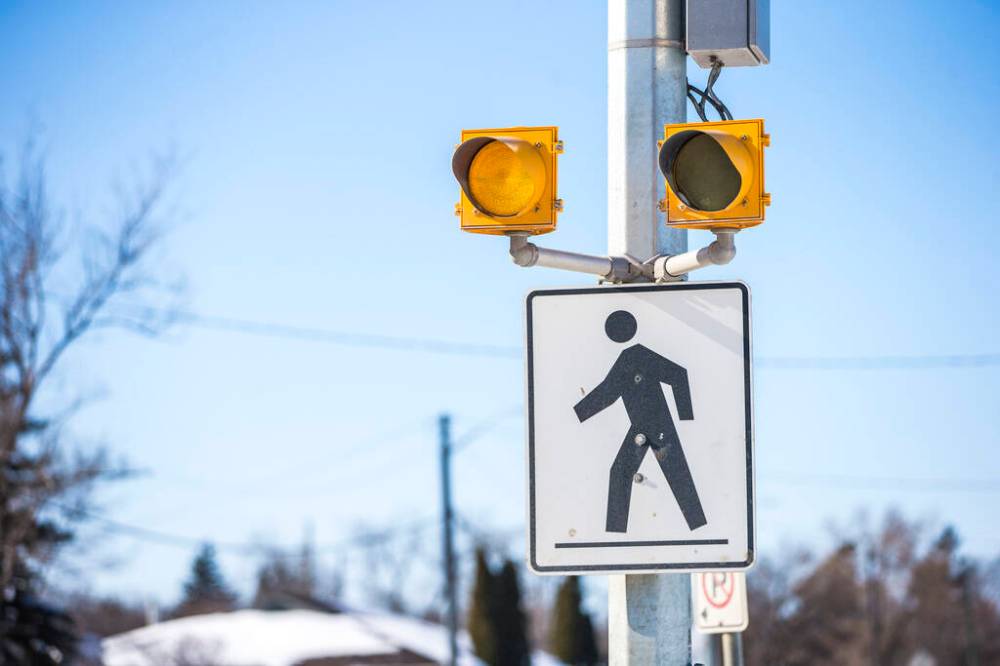
Viafara told the Free Press he believes active transportation safety efforts have focused heavily on cyclists in recent years. Protecting bike riders is a major priority but the City of Winnipeg must ensure that effort doesn’t distract from work needed to keep pedestrians safe, he added.
“Our streets are not as safe (for pedestrians) as we are led to believe,” said Viafara. “We are being lulled into a (false) sense of safety.”
His report notes the increase in pedestrian fatalities seems to be occurring as roads generally become safer for others.
“In Manitoba, historically, traffic fatalities have been in steady decline over past decades. The significant increase in pedestrian fatalities seen within Winnipeg runs counter to the overall trend, and as such warrants significant attention,” it states.
The planner was educated in Winnipeg and worked in his chosen field in the United States before returning to the Manitoba capital during the COVID-19 pandemic. Reading about local pedestrian safety concerns, Viafara said he was inspired to analyze the numbers.
“Our streets are not as safe (for pedestrians) as we are led to believe… We are being lulled into a (false) sense of safety.” – Jairo Viafara
Multiple Free Press articles this year delved into several key safety concerns, as highlighted by traffic safety activist Christian Sweryda. For example, Sweryda noted he’s lobbied the city for more than a decade to add more eye-level lights at pedestrian crosswalks, claiming these are more visible to drivers.
On Thursday, Viafara urged the city to take several steps to make travel safer for pedestrians, such as: evaluating alternative crossings at some intersections; identifying “unsafe pedestrian behaviours” to target with education; and considering adding pedestrian leading intervals to crosswalk signals (which would give pedestrians a head start of a few seconds to walk before a green light signals for vehicle traffic to begin travelling in the same direction).
“We need to afford people the opportunity to actually walk safely in the city from the point of origin to their destination, (including) school children, senior citizens or people going to work,” said Viafara.
Coun. Matt. Allard, chairman of the public works committee, said he agrees the increase in pedestrian fatalities poses a major concern.
On Thursday, he shared a motion at public works committee that calls city staff to request monthly collision, death and injury data from MPI and the Winnipeg Police Service to share with councillors. It would also direct city staff to prepare two reports per year, along with monthly verbal reports, on detailed collision data.
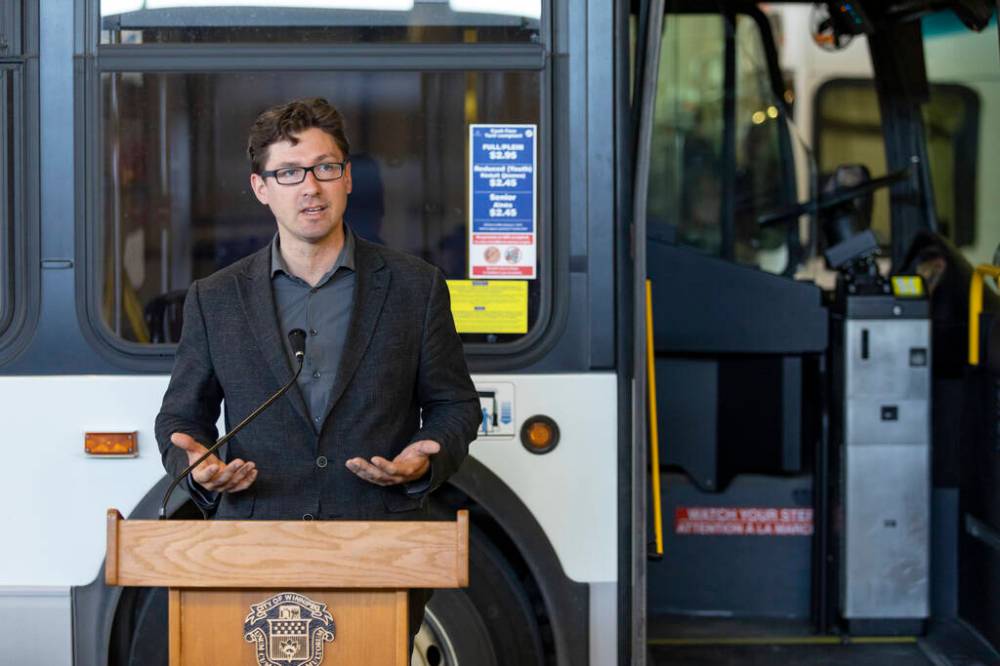
For each collision, that would aim to include the location, roadway surface, weather, fatality number, traffic volume and signal types, among other details.
“We see pedestrian deaths on the rise… in this third-party report, so that’s concerning. And if you start adding up deaths and injuries, it becomes a much bigger issue. I think what’s being asked for here is more information, more quickly and more granularity on what happened, when,” said Allard.
The motion notes city data shows at least 51 pedestrians and cyclists were killed in 2012-19 crashes, which Allard said may not include all incidents, such as some matters recorded by MPI.
Allard said his goal is to get much more information on the circumstances surrounding collisions to support better informed decisions on how best to prevent them.
The committee opted to delay its vote on the motion until next month.
joyanne.pursaga@freepress.mb.ca
Twitter: @joyanne_pursaga
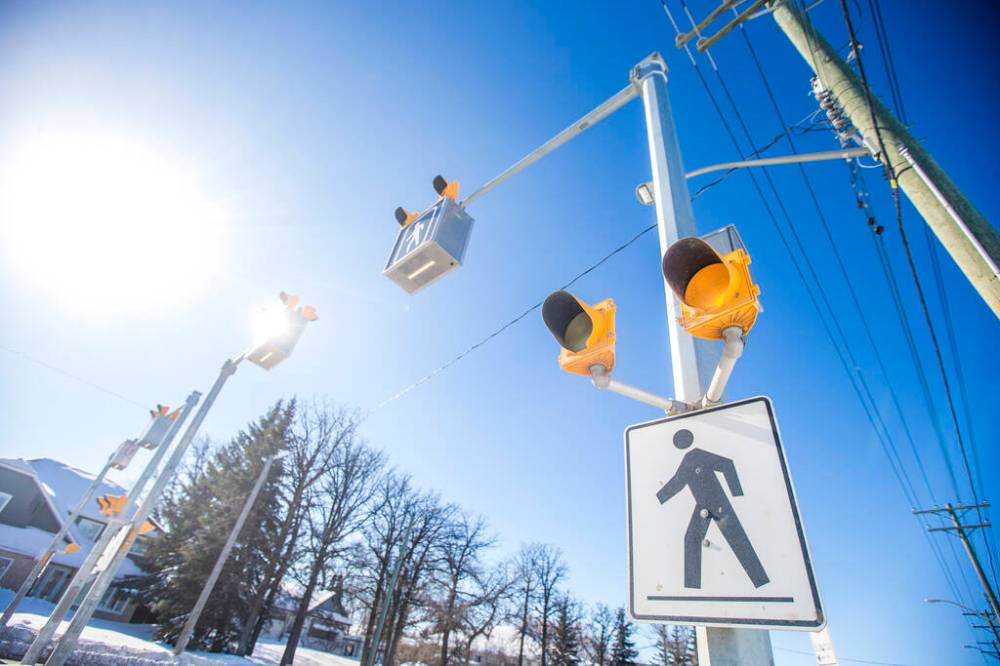
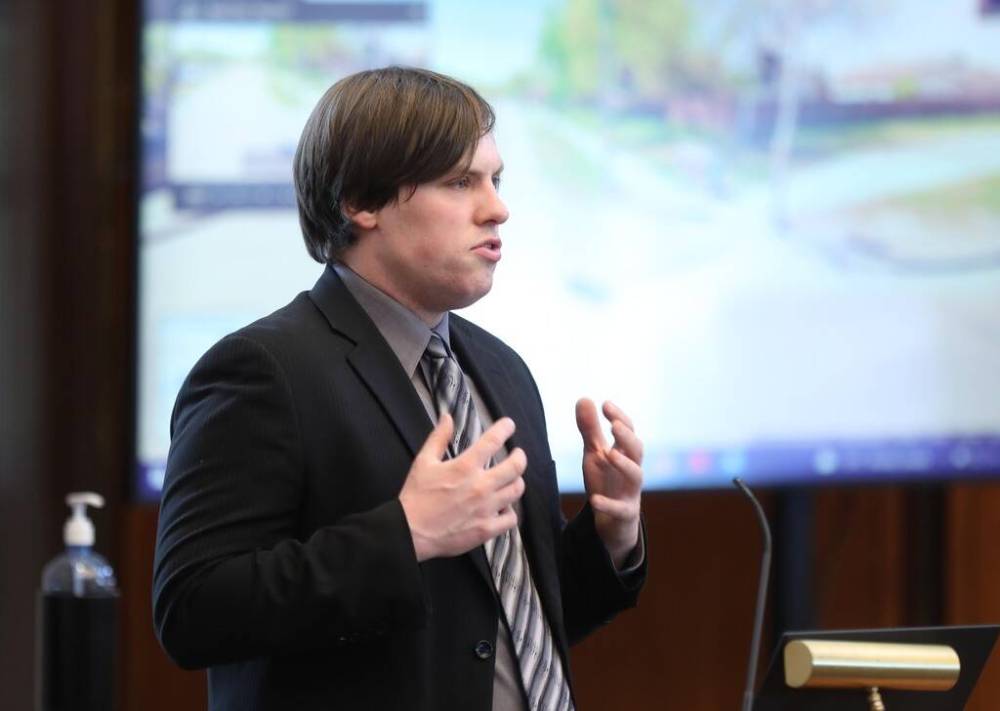

Joyanne is city hall reporter for the Winnipeg Free Press. A reporter since 2004, she began covering politics exclusively in 2012, writing on city hall and the Manitoba Legislature for the Winnipeg Sun before joining the Free Press in early 2020. Read more about Joyanne.
Every piece of reporting Joyanne produces is reviewed by an editing team before it is posted online or published in print — part of the Free Press‘s tradition, since 1872, of producing reliable independent journalism. Read more about Free Press’s history and mandate, and learn how our newsroom operates.
Our newsroom depends on a growing audience of readers to power our journalism. If you are not a paid reader, please consider becoming a subscriber.
Our newsroom depends on its audience of readers to power our journalism. Thank you for your support.
History
Updated on Thursday, June 9, 2022 7:14 PM CDT: Info updated


